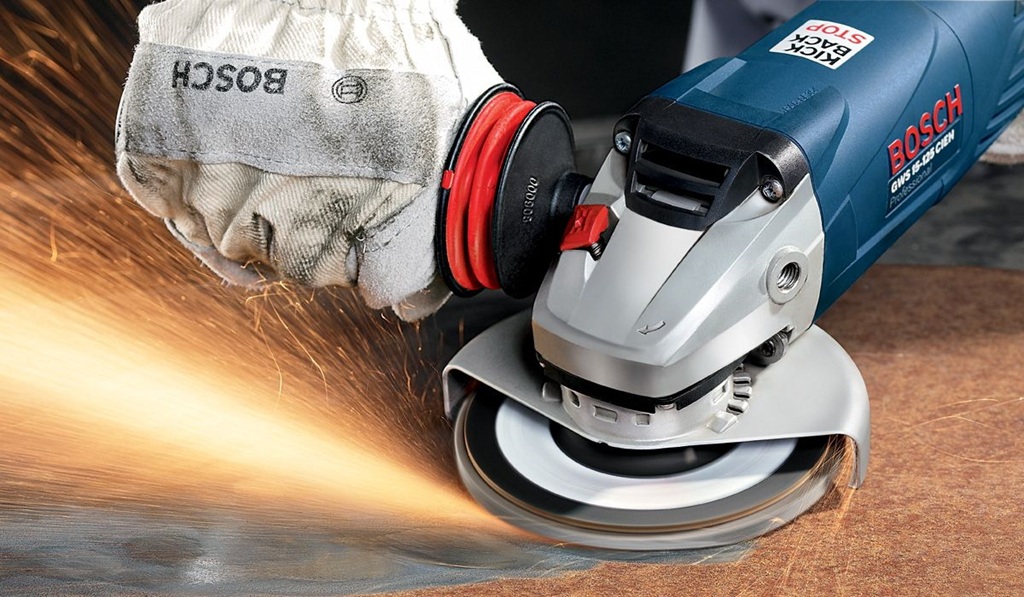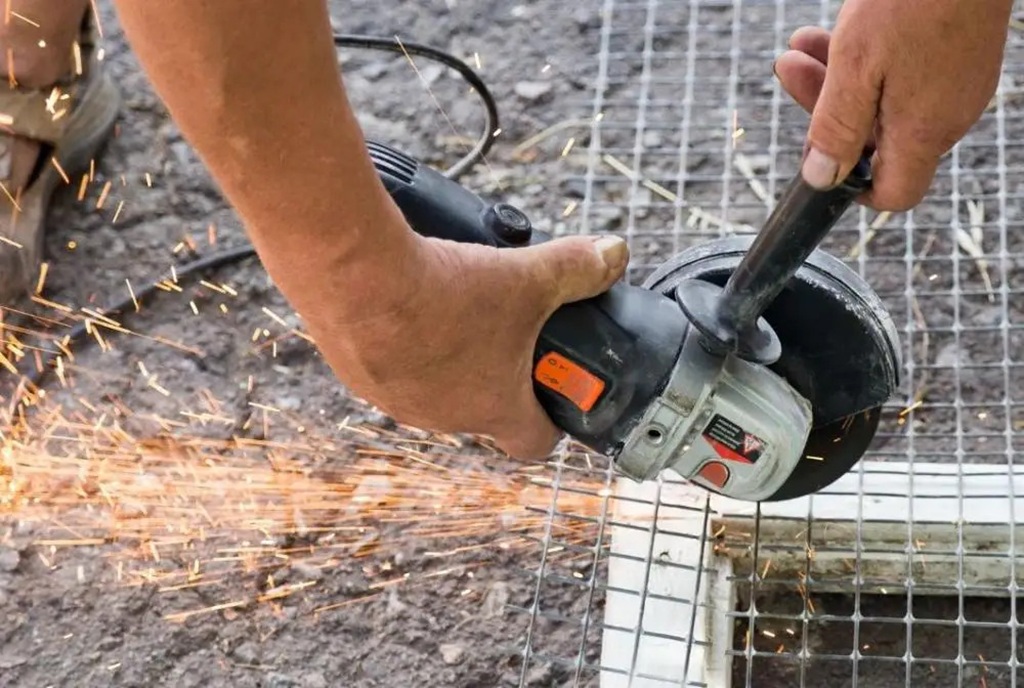Angle grinders are versatile tools that deliver exceptional performance for tasks like cutting, grinding, and polishing. However, nothing disrupts a job more than unusual vibrations in your tool. These vibrations can compromise precision, reduce efficiency, and even pose a safety hazard. Understanding how to diagnose these issues is essential for maintaining performance and extending your tool’s lifespan.
In this detailed guide, we’ll uncover the causes behind these unusual vibrations, share actionable solutions, and equip you with the knowledge to troubleshoot like a professional. As a bonus, we’ll also explore Bestusatools for additional resources and recommendations.
The Importance of Smooth Performance in Angle Grinders
Smooth operation in angle grinders isn’t just about comfort. When your tool vibrates excessively, it impacts the quality of your work and can lead to material waste. For example, achieving straight cuts on metal or precise grinding on a weld becomes nearly impossible with a vibrating grinder. Studies show that excessive vibrations in handheld tools can also lead to long-term issues like Hand-Arm Vibration Syndrome (HAVS), which affects over 2 million workers globally.
Eliminating these vibrations isn’t just a matter of convenience—it’s a matter of productivity, safety, and durability. Remember, high-quality tools and accessories make all the difference. For the best angle grinder solutions, click on https://bestusatools.com/woodworking-tools/router/conquering-cuts-a-guide-to-wood-router-types/ to explore wood router types and other essential tools. A smooth, efficient tool not only improves your work but also ensures safety and durability.
Common Signs of Unusual Vibrations
Before diving into diagnostics, it’s essential to identify the signs of unusual vibrations in your angle grinder.
Look out for these indicators:
- Uneven cuts or grinding patterns.
- Increased noise during operation.
- Loose or wobbling discs.
- Excessive fatigue during extended use.
- Abnormal wear on the tool’s components.
If you notice any of these symptoms, your grinder likely needs attention. Diagnosing the root cause will save time and prevent further damage.
Causes of Vibrations in Angle Grinders
-
Damaged or Worn Out Discs
The most common cause of unusual vibrations is damage to the grinding disc. Chips, cracks, or imbalanced discs disrupt the tool’s symmetry, causing it to shake during operation. Cheap or low-quality discs can exacerbate the issue, as they are more prone to wear and tear.
Solution: Inspect the disc for visible damage before each use. Replace it immediately if cracks or chips are present. Always opt for high-quality discs that match your grinder’s specifications.
-
Loose Components
Loose components like the flange, spindle, or mounting screws can lead to uneven weight distribution, resulting in noticeable vibrations. This issue is often overlooked but is a common culprit.
Solution: Regularly check all bolts, screws, and attachments to ensure they are secure. Tighten any loose components before starting the tool.
-
Misaligned Spindle
A misaligned or bent spindle can severely impact your grinder’s stability. This issue often occurs due to accidental drops or rough handling.
Solution: Inspect the spindle for bends or irregularities. If misalignment is detected, consult the manufacturer or a professional repair service to replace the damaged part.
-
Bearing Wear and Tear
Bearings play a critical role in keeping your grinder stable. Over time, they wear out due to friction and heat, leading to erratic movement.
Solution: Listen for unusual sounds like grinding or rattling when the tool is in use. If the bearings are damaged, replace them immediately to restore smooth operation.
-
Unbalanced Motor or Rotor
The motor and rotor are the heart of your angle grinder. If these components become unbalanced, they can cause excessive vibrations. Dirt and debris accumulation often leads to this imbalance.
Solution: Perform routine cleaning and maintenance of the motor. Ensure the rotor is balanced and free of obstructions.
How to Diagnose Vibrations in Angle Grinders
To accurately pinpoint the cause of the problem, follow this diagnostic process:
- Visual Inspection: Start by examining the disc, spindle, and other visible components. Look for cracks, misalignment, or loose parts.
- Listen for Irregular Noises: Vibrations often come with unusual sounds. Grinding, rattling, or clunking noises can point to specific issues like bearing damage.
- Run a Test Without a Disc: Operate the grinder without a disc attached. If vibrations persist, the issue is likely internal, such as the motor or spindle.
- Test with a New Disc: Replace the current disc with a new, high-quality one. If the problem disappears, the original disc is likely the cause.
- Check for Balance: Use a balancing tool to ensure the disc is properly mounted and evenly distributed.
By systematically following these steps, you can quickly identify the root cause of the vibrations.
The Risks of Ignoring Unusual Vibrations
Ignoring unusual vibrations can lead to severe consequences, including:
- Tool Damage: Prolonged use of a vibrating grinder increases wear and tear on internal components.
- Material Waste: Vibrations result in uneven cuts and grinding, leading to ruined workpieces.
- Injuries: A vibrating tool is harder to control, increasing the likelihood of accidents.
- Reduced Lifespan: Operating a grinder under stress shortens its lifespan significantly.
Proactively addressing these issues ensures your tool remains reliable and safe.
Related: Mastering Plasma Cutting Inconel for High-temperature Applications
Preventive Maintenance for Angle Grinders
Preventing unusual vibrations begins with proper maintenance. Here are some tips:
- Clean Regularly: Dust and debris can accumulate in the motor, leading to imbalance. Clean your grinder after every use.
- Inspect Discs: Check grinding discs for damage before each use. Replace them as needed.
- Lubricate Bearings: Apply lubricant to the bearings periodically to reduce friction and wear.
- Tighten Components: Ensure all bolts, screws, and attachments are secure.
- Store Properly: Store your grinder in a dry, clean location to prevent rust and damage.
The Role of High-Quality Tools
Investing in high-quality tools is one of the best ways to minimize vibrations. Premium brands offer better construction, durability, and performance. Additionally, using compatible accessories like discs and flanges designed specifically for your model will enhance stability.
FAQs
What causes vibrations in angle grinders?
Damaged discs, loose components, worn bearings, and motor imbalance are common causes of vibrations in angle grinders.
Can using low-quality discs increase vibrations?
Yes, low-quality or damaged discs are more prone to imbalances, causing increased vibrations during operation.
How often should I inspect my angle grinder?
You should inspect your grinder before each use and perform a thorough check at least once a month for signs of wear and tear.
Can unusual vibrations damage the motor?
Yes, prolonged use of a vibrating grinder can stress the motor, leading to potential damage and reduced lifespan.
What is the best way to ensure smooth operation?
Regular maintenance, using high-quality discs, and securing all components will ensure smooth operation.
How do I know if my grinder’s bearings need replacement?
Listen for unusual noises like grinding or rattling. If you notice excessive vibrations, it’s likely time to replace the bearings.
Conclusion
Unusual vibrations in angle grinders are more than just a minor inconvenience—they can disrupt your workflow, damage your materials, and pose safety risks. By identifying the causes, such as damaged discs, loose components, or worn bearings, and following preventive maintenance steps, you can keep your tool in optimal condition.





